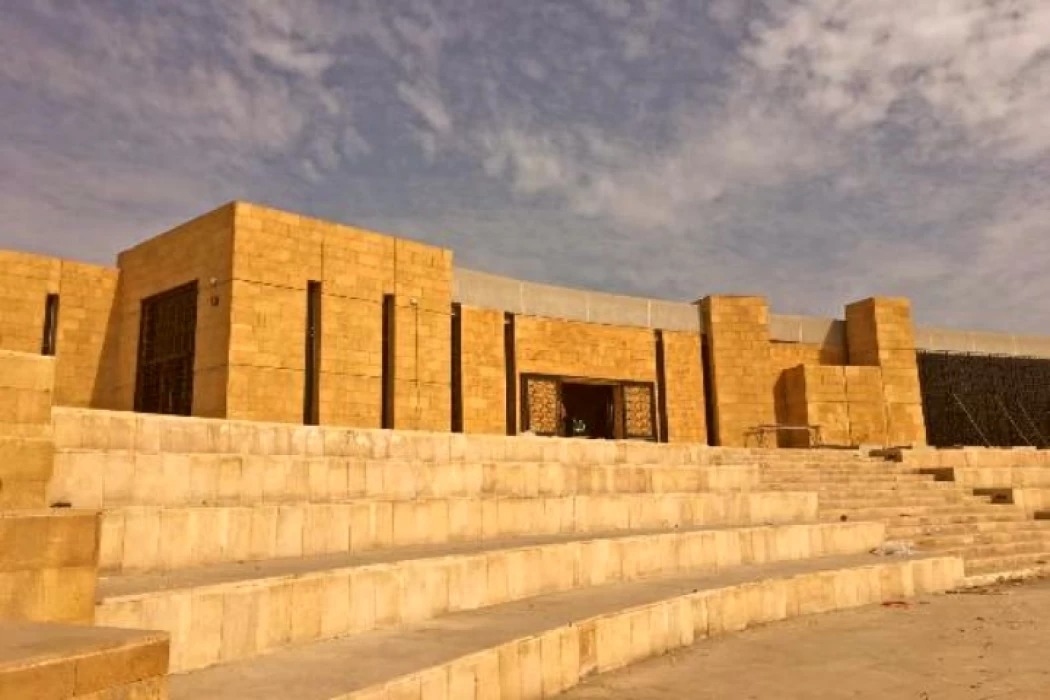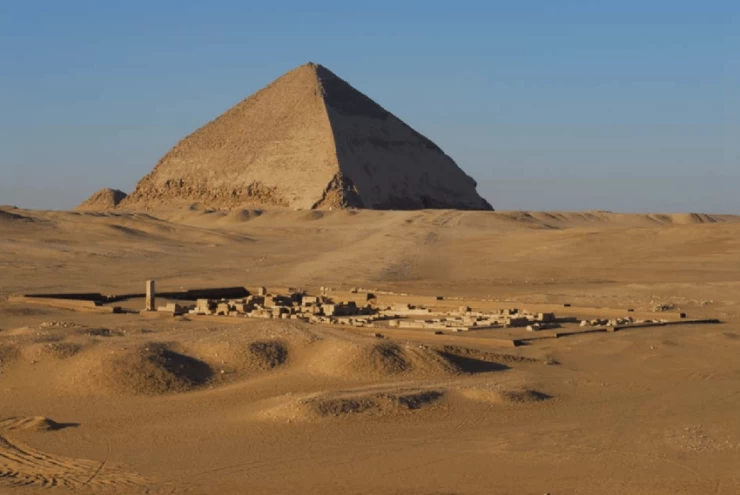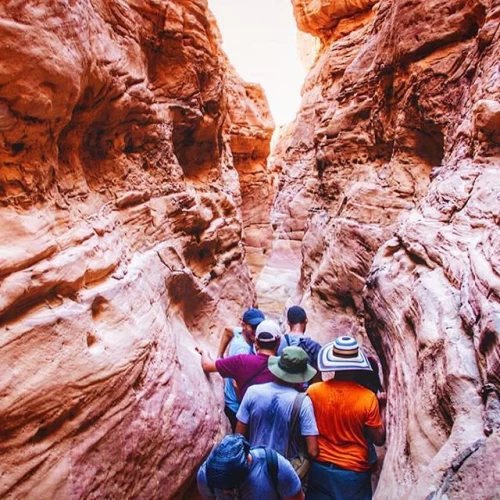
Museum of Tal Basta Antiquities | Museum of Tal Basta Sharkia
Museum of Tal Basta Antiquities
Per-Bastet was the capital of the eighteenth Lower Egyptian town (province) throughout the New Kingdom amount (c.1550–1069 BC). it had been conjointly the capital of the country throughout the twenty-second phratry (c.945–715 BC).
Its strategic position at the Japanese Delta created it a vital trade hub through that travelers might trade caravans to and from the Sinai and on the far side. most significantly, Bubastis was visited by the Holy Family throughout their Egypt Tours.
Per Bastet is additionally options the temple of Bastet and also the sculpture of Queen Meritamun, the once girl then married person of Ramses (c.1279–1213 BC). additionally, one can even realize the remaining pillars of the sixth phratry temple of Pepi I (c.2289–2255 BC), an oversized palace of Amenemhat III (c.1855–1808 BC), and remains from well qualitative analysis to the Roman amount.
Museum of Tal Basta Sharkia
Tell Basta features a long history of excavations undertaken by Egyptian and foreign missions. Édouard Naville excavated the temple of Bastet between 1887 and 1889. Labib Habachi discovered the temple of Pepi I in 1939. a huge palace of Amenemhat III was excavated by the groups of the Supreme Council of Antiquities and Zagazig University directed by Shafiq Farid within the Sixties, by Ahmed el-Sawi around a decade later, then by Muhammad patriarch Bakr within the late Nineteen Seventies and Eighties.
The town apparently reached its peak in importance throughout the twenty-second phratry, once Egypt was dominated by natives of towns like Osorkon I (924-889 BC). However, the capital was most likely ne'er affected by Tanis at that point, tho' some sources disagree, basic cognitive process that Tells Basta was if truth be told the capital of Egypt throughout the twenty-second and twenty-third Dynasties. the town was once apparently destroyed by the Persians, however, seems to possess overcome the disaster.
tell Basta was apparently looted significantly by trendy illicit excavation. Stories still appear to flow into Egypt regarding those who became wealthy through a realization in its ruins.







-webp.webp)










